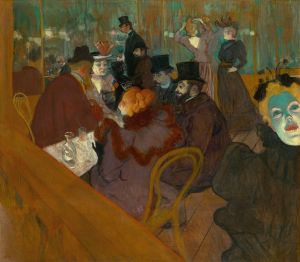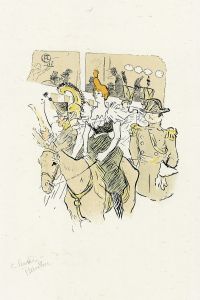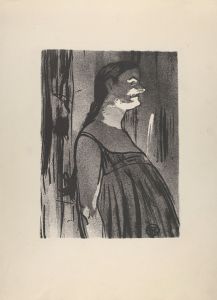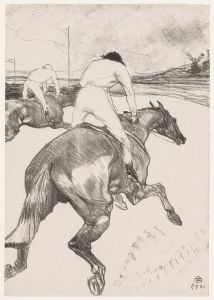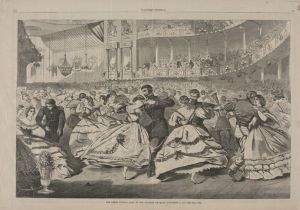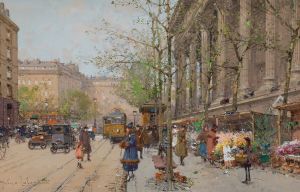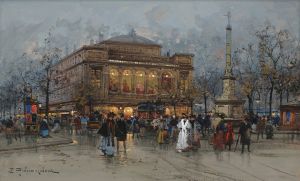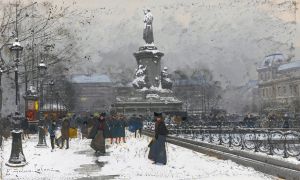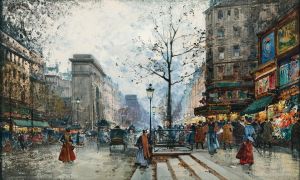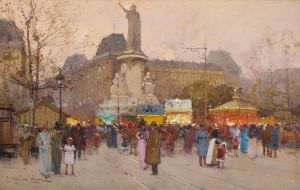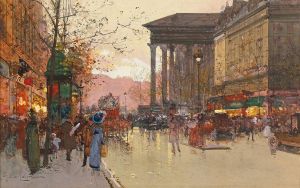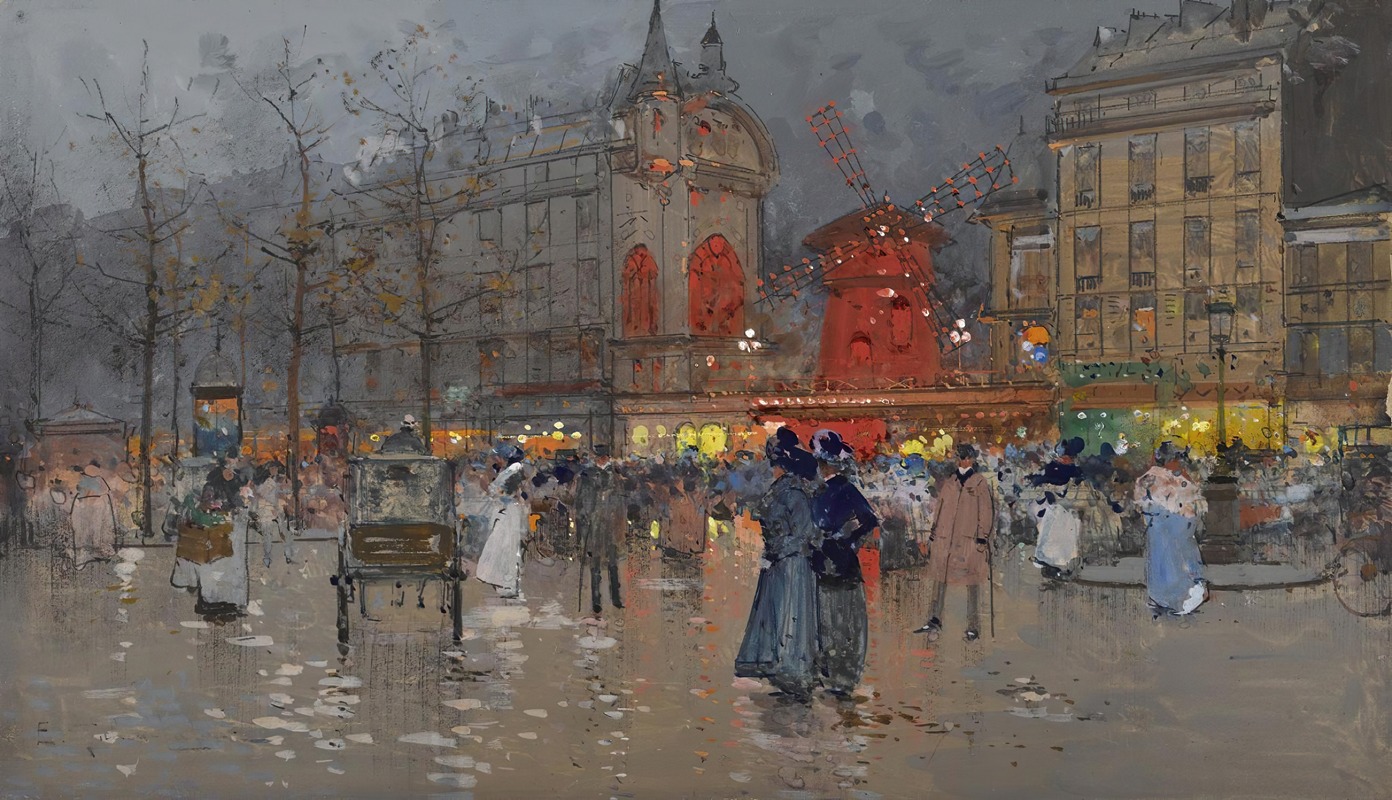
Le Moulin Rouge, Paris
A hand-painted replica of Eugène Galien-Laloue’s masterpiece Le Moulin Rouge, Paris, meticulously crafted by professional artists to capture the true essence of the original. Each piece is created with museum-quality canvas and rare mineral pigments, carefully painted by experienced artists with delicate brushstrokes and rich, layered colors to perfectly recreate the texture of the original artwork. Unlike machine-printed reproductions, this hand-painted version brings the painting to life, infused with the artist’s emotions and skill in every stroke. Whether for personal collection or home decoration, it instantly elevates the artistic atmosphere of any space.
Eugène Galien-Laloue was a French artist known for his detailed and atmospheric depictions of Parisian street scenes. Born in 1854, Galien-Laloue became a prolific painter and illustrator, capturing the essence of Paris during the late 19th and early 20th centuries. His works are characterized by their vibrant colors and meticulous attention to architectural and human details, often portraying the lively and bustling atmosphere of the city.
One of his notable works is "Le Moulin Rouge, Paris," which showcases the iconic cabaret located in the Montmartre district of Paris. The Moulin Rouge, established in 1889, quickly became a symbol of the bohemian lifestyle and artistic innovation that characterized the Belle Époque period in France. It was renowned for its extravagant performances, including the famous can-can dance, and attracted a diverse clientele ranging from artists and writers to the Parisian elite and tourists.
Galien-Laloue's depiction of the Moulin Rouge captures the vibrancy and energy of this famous venue. His painting likely illustrates the exterior of the cabaret, with its distinctive red windmill and bustling street life, though specific details of this particular work are not widely documented. Galien-Laloue was known for his ability to convey the mood and atmosphere of Parisian life, and his paintings often include figures going about their daily activities, horse-drawn carriages, and the interplay of light and shadow that defines the city's streets.
The artist's technique involved the use of gouache and watercolor, which allowed him to achieve a luminous quality in his paintings. His works are often small in scale, which enabled him to produce a large number of paintings throughout his career. Galien-Laloue's attention to detail and his ability to capture the essence of Parisian life made his works popular during his lifetime and continue to be appreciated by collectors and art enthusiasts today.
While specific details about "Le Moulin Rouge, Paris" by Eugène Galien-Laloue are limited, it is clear that the painting is part of his broader oeuvre that celebrates the dynamic and ever-changing cityscape of Paris. His works serve as a historical record of the city during a time of great cultural and social transformation, offering viewers a glimpse into the past through the eyes of an artist who was deeply connected to the world around him.
Galien-Laloue's paintings, including his depictions of iconic landmarks like the Moulin Rouge, remain significant for their artistic merit and historical value. They provide insight into the urban life of Paris during a period of rapid modernization and cultural flourishing. His ability to capture the spirit of the city and its inhabitants ensures that his work continues to resonate with audiences today, preserving the legacy of both the artist and the vibrant era he portrayed.






